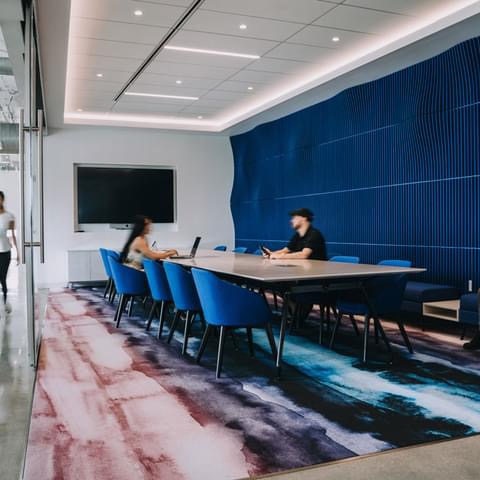Introduction
Office furniture design has undergone a remarkable transformation in the last two decades, largely influenced by changing work dynamics, advancements in technology, and the ever-evolving needs and preferences of the modern workforce. This essay aims to explore and analyze the significant shifts and innovations in office furniture design during this period.
1. Shift towards Ergonomics
The past 20 years witnessed a significant emphasis on ergonomic design in office furniture. As awareness surrounding the impact of prolonged sitting on health increased, manufacturers focused on creating furniture that promotes proper posture and reduces the risk of musculoskeletal disorders. Ergonomic chairs with adjustable height, lumbar support, and armrests became a standard feature, allowing individuals to customize their workspace to meet their specific needs and comfort requirements.
2. Rise of Collaborative Spaces
The traditional cubicle-based office layout has gradually given way to open and collaborative workspaces. Employers realized the importance of facilitating teamwork, creativity, and employee engagement. As a result, office furniture design shifted towards versatile and modular solutions, such as flexible workstations, movable partitions, and communal areas. This transformation aimed to foster a sense of community, encourage interaction, and promote collective problem-solving.
3. Fusion of Technology and Furniture
Advancements in technology have greatly influenced office furniture design. The rapid proliferation of computers, laptops, and other gadgets led to the integration of tech-friendly features into office furniture. Ergonomic desks now include built-in cable management systems, charging ports, and adjustable monitor stands. Additionally, the rise of remote work and telecommuting has popularized mobile furniture solutions, such as standing desks and portable ergonomic chairs, promoting productivity beyond the traditional office setting.
4. Sustainable and Eco-friendly Design
In the wake of increased environmental consciousness, office furniture design has become more focused on sustainability and eco-friendliness. Manufacturers have shifted towards using eco-friendly materials, such as recycled plastics, sustainable woods, and low-emission finishes. Furthermore, the concept of modular furniture gained popularity, as it allows for easier disassembly, reconfiguration, and recycling.
5. Revitalization of Office Aesthetics
Office spaces are no longer bland and uninspiring environments. Office furniture design has witnessed a dramatic transformation to create aesthetically pleasing workspaces that reflect a company’s brand identity and culture. Contemporary designs feature clean lines, bold colors, and innovative materials, such as glass and polished metals. This shift aims to create an environment that inspires creativity, boosts employee morale, and enhances overall productivity.
6. Wellness and Well-being Focus
The importance of employee well-being has taken center stage in recent years, leading to the introduction of various health-focused furniture elements. Sit-stand desks have gained popularity as they allow for easy transitions between sitting and standing positions, combating the negative effects of prolonged sitting. Additionally, the inclusion of relaxation areas, such as meditation pods and comfortable lounges, promotes mental and physical wellness, reducing stress and encouraging work-life balance.
7. Integration of Smart Features
As technology continues to leap forward, office furniture design has incorporated smart features to enhance functionality and convenience. IoT-enabled furniture, equipped with sensors and connectivity, enables employees to personalize their work environment. Automated height-adjustable desks, lighting controls, and climate regulation systems have emerged, allowing individuals to optimize their space for comfort and productivity.
Conclusion
Over the last two decades, office furniture design has experienced a notable evolution, reflecting the changing landscape of work and the growing importance of employee well-being. From ergonomic considerations to sustainable design, the fusion of technology and furniture, and the revitalization of office aesthetics, these advancements have not only enhanced productivity but also transformed the work environment into a space that promotes collaboration, creativity, and overall employee satisfaction. As we move forward, it is crucial to continue exploring new possibilities and adapt designs to meet the changing needs of the modern workforce.
